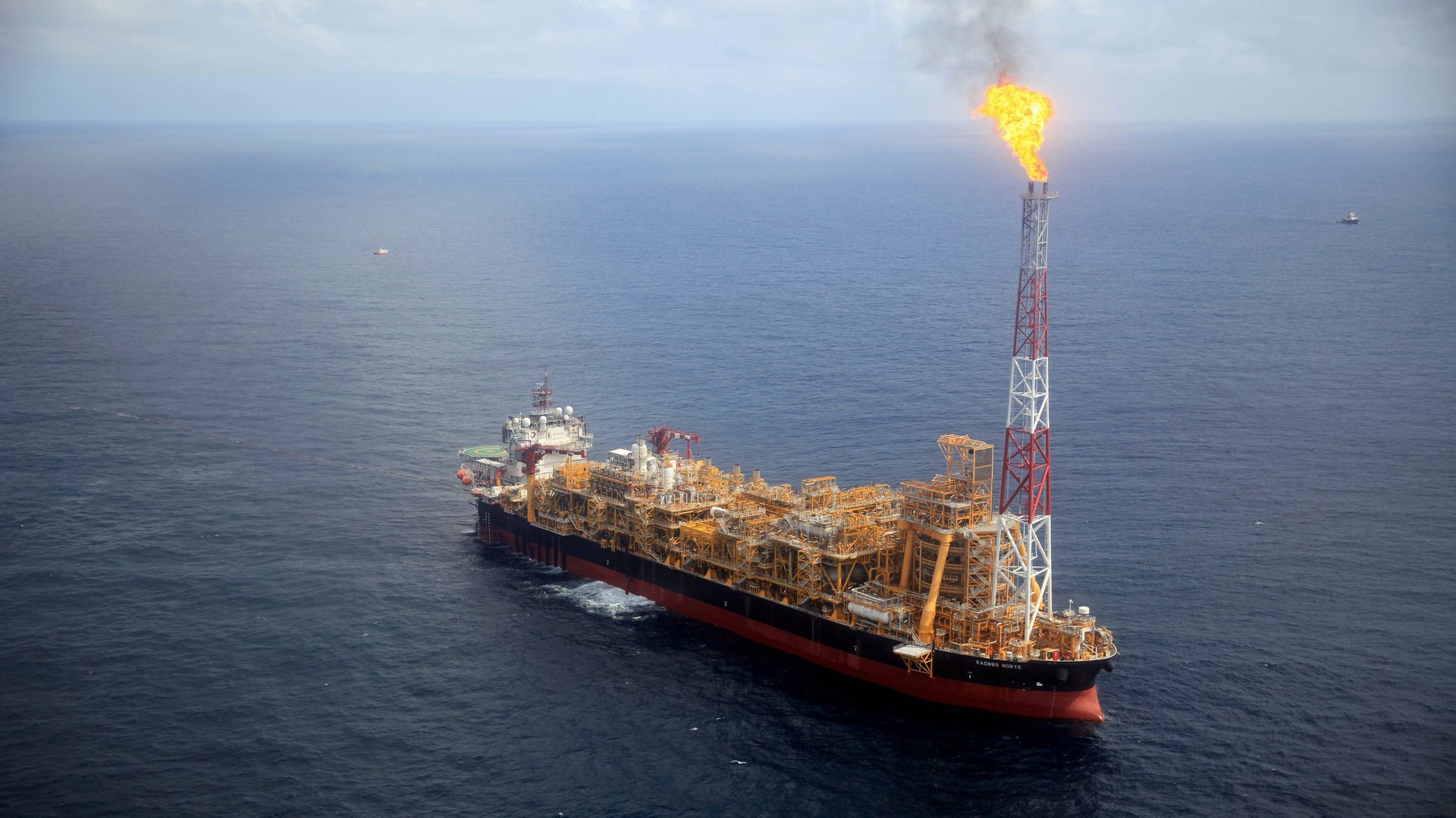Oil prices have stalled, which could be a good thing for some producers
In April, the pandemic sent the oil market into one of its most precipitous crashes in history, with the oil price going briefly negative for the first time ever. The price is still around 30% lower than it was before Covid-19 emerged, but it managed to bounce back fairly quickly after producers around the world curbed millions of barrels of production.


In April, the pandemic sent the oil market into one of its most precipitous crashes in history, with the oil price going briefly negative for the first time ever. The price is still around 30% lower than it was before Covid-19 emerged, but it managed to bounce back fairly quickly after producers around the world curbed millions of barrels of production.
Over the last few weeks, though, that progress has stalled. The price of Brent crude, the international benchmark, has been stuck around $40 per barrel for about a month now.
The fundamental reason for the stall? For the first time since the pandemic started, oil production and demand appear to be in tune, said David Livingston, a senior oil analyst at the Eurasia Group. But keeping it that way requires a delicate global balancing act that may soon get wobbly—with big consequences for oil companies, especially in the United States.
In the wake of the price crash, OPEC (the cartel that controls oil production in Saudi Arabia and other major oil-producing countries, but not the US) decided to cut production by 9.6 million barrels per day, about 12% of its total. Those cuts have been painful to OPEC member budgets, many of which are built on oil revenue, but they worked to keep the price afloat.
To get prices to rise again, OPEC would logically want to keep the cuts in place as some economies reopen and oil demand returns. But the cartel actually might want to remove the cuts and risk a temporary price crash, as an OPEC committee assembled to discuss on July 14 and 15. Why? Because rising prices would also help out OPEC’s nemesis: US shale oil companies.
The current oil price, at $40 a barrel, is kind of a Goldilocks sweet spot for OPEC—because it’s just shy of what many US producers need to turn a profit.
“If they flood the market too early, the price would deteriorate to a level no one would be comfortable with,” Livingston said. “On the other hand, if they maintain the cuts and the rest of the summer sees continued re-openings, that might kick prices back up to $50, and shale drillers could come back on online. [OPEC members] are trying to maximize their revenues within the constraint of not encouraging other competitors.”
US shale and OPEC have had beef ever since the fracking boom of the mid-2010s put the US on top of the global oil market. In the early days of the pandemic, Russia and some other OPEC producers were opposed to production cuts that would stabilize oil prices, because they knew that catastrophically low prices were especially catastrophic for US companies. Indeed, the US oil industry is in a sorry state: At least 18 companies went bankrupt in the second quarter, with more almost certain to come.
In other words, the pandemic presented a chance for OPEC to gut some rivals, and it looks like the group isn’t keen to give up that edge. Early reports from the OPEC meeting indicate the group is likely to ease the cuts down to 7.7 million barrels per day starting August 1, and hope that the world’s drivers and fliers take up the slack. A price dip of just a few dollars could pose a serious threat to the survival of US companies.